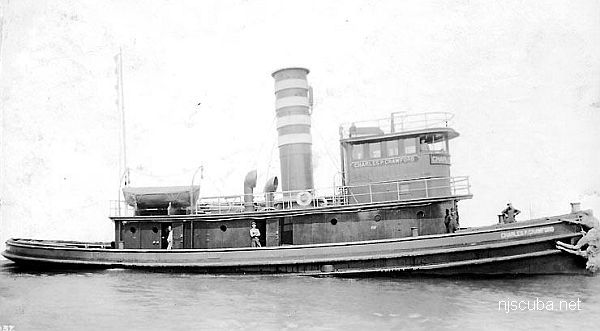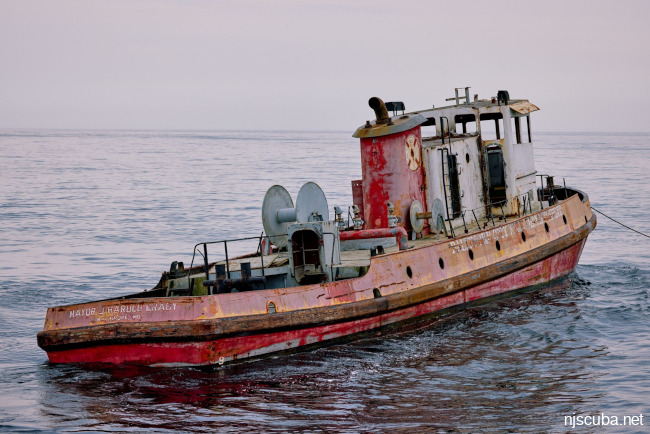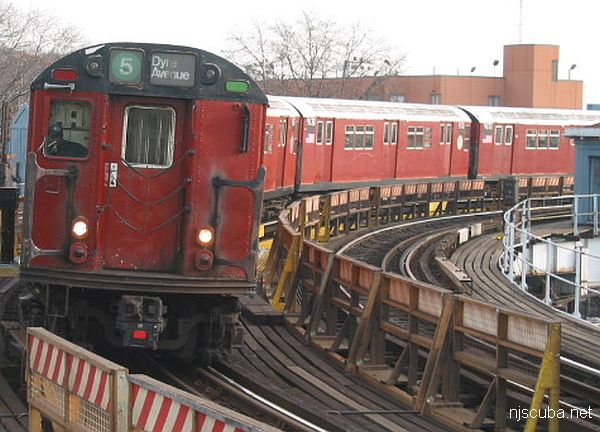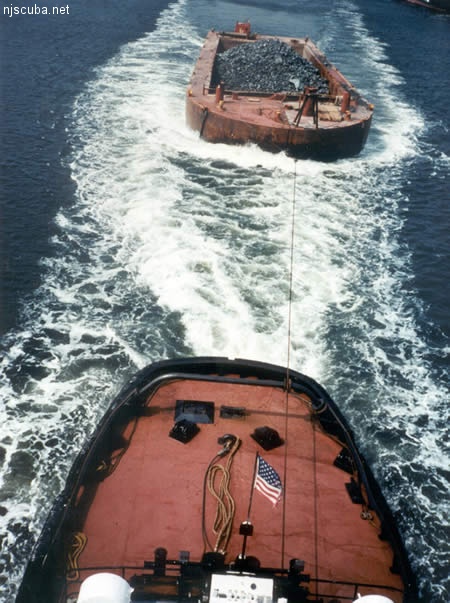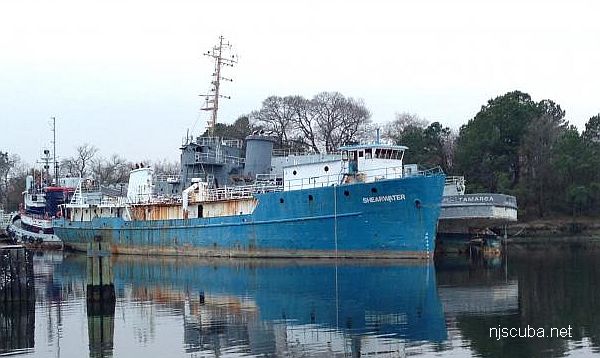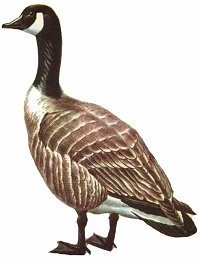
- Type:
- artificial reef, freighter, purse seiner
- Built:
- 1944, J.K. Welding, Yonkers NY, as FS-355 (US Army)
- Specs:
- ( 166 x 32 ft ) 542 tons
- Sunk:
- Thursday, Jan 21, 2021 - DelJerseyLand Artificial Reef
- GPS:
- 38°31.340' -74°30.671'
- Depth:
- 125 ft
More: John S Dempster Jr FS-355 ...

